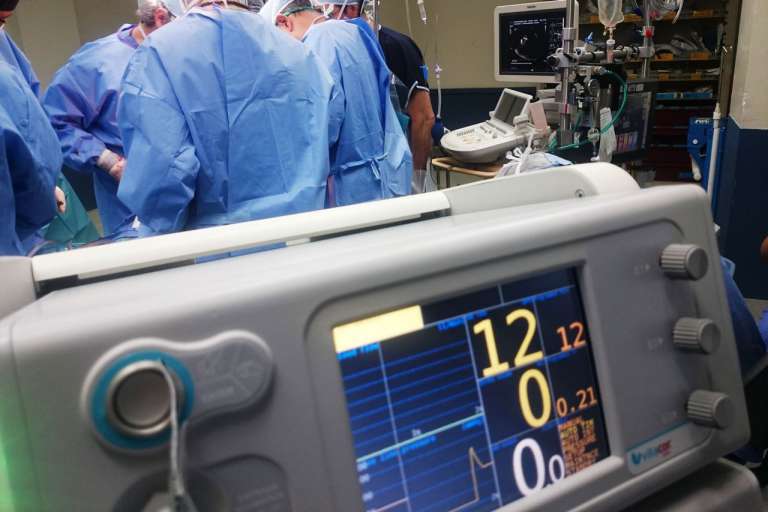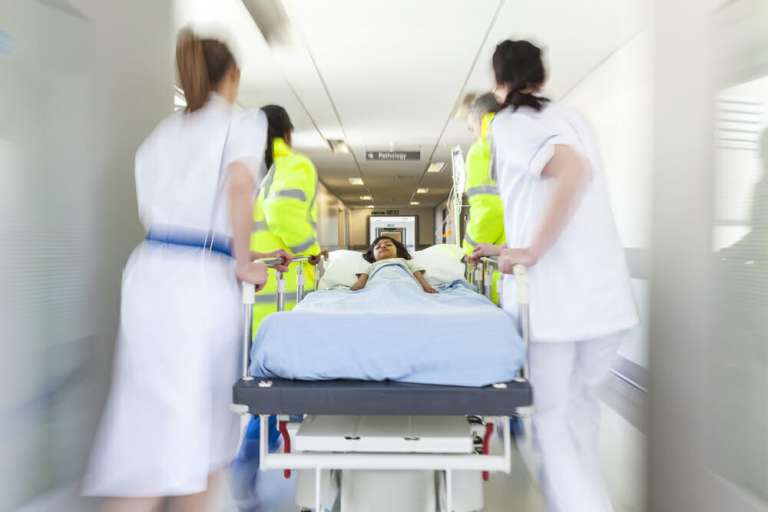A new survey has revealed that one in 10 GPs are overworked; some seeing twice as many patients as is considered a safe limit.
The research conducted by Pulse magazine is part of a new programme for BBC’s Panorama. The survey asked 1,681 family doctors about their experiences on a single day, when seven out of 10 of the GPs were scheduled to work for six or more hours.
Over half of respondents said that their workload that day was beyond safe levels, but most said it represented a typical day. The survey found that, on average, GPs are in touch with 41 patients a day either in their surgery, on a home visit, or by telephone or email. However, doctors say they should deal with no more than 30 patients a day to ensure proper care is given.
Alarmingly, one in 10 GPs were found to be seeing up to 60 patients a day – double the safe limit.
The survey also found that GPs across the UK work on average 11 hours a day. In that time, they typically spend eight hours seeing patients, and spend the other three on administrative tasks such as checking test results and reading letters sent by hospitals.
When it came to the type of health issues patients had, GPs said 29% of cases were “very complex” and 37% were “fairly complex”.
Dr James Howarth, a GP in Spilsby, Lincolnshire, said: “I was duty doctor on the day of Pulse’s survey, and I had 124 patient contacts. The median is about 60 to 70.” He added that even the median number of patient contacts is “beyond a safe level”.
He added: “This workload creates patient safety risks. There are risks around having multiple patient notes open because we’re helping a nurse out with hers, or we’re 30 minutes late so we see the next patient while finishing the notes of the last.
“We might forget consultant details, plans and actions, or prescribe for the wrong person, use the wrong labels on blood tests, and so on.”
Prof Helen Stokes-Lampard, the chair of the Royal College of GPs, said: “In my own practice recently, I had a 12-hour day and 100 patient contacts.”
However, research from Europe suggests GPs there see 25 or fewer patients per day.
A report in March from the King’s Fund, Nuffield Trust and Health Foundation predicted that GP shortages in England will almost triple to 7,000 by 2023/24.
In 2015, the government pledged to increase the number of GPs by 5,000 by 2020. But the workforce has shrunk further since then.
An NHS England spokesman said: “We already know that general practice is under pressure which is why investment in local doctors and community services is increasing by £4.5bn, helping fund an army of 20,000 more staff to support GP practices as part of the NHS Long Term Plan. But we are also aware that almost nine out of 10 salaried GPs currently work part-time.”





